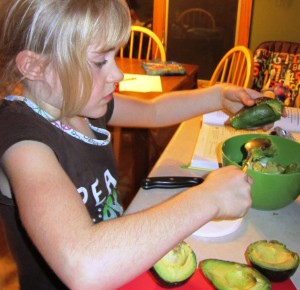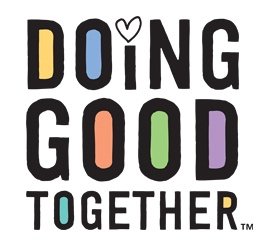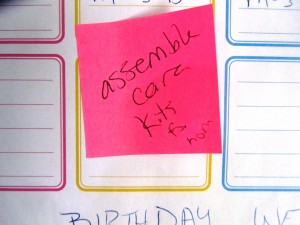 I sat down to write today, only to realize the conundrum of the moment sounded awfully familiar. Sure enough, last year, at almost this same time, I was struggling with the same issue. How do I make time for all of the things I hope to do "more" of? You know, more good deeds, more family dinners, more connecting with friends and relatives, more interesting hobbies, a cleaner house, a better organized life.... the list goes on and on. I'm going to spend a little more time orienting this fall's calendar back to our family mission statement while I share this (still relevant) post with you.
Your insights here are welcome! You see, now that I have a first grader, and all of the attending scheduling possibilities (piano, girl scouts, gymnastics.... you know the list), I'm struggling to put together a calendar that reflects our family's true values.
I sat down to write today, only to realize the conundrum of the moment sounded awfully familiar. Sure enough, last year, at almost this same time, I was struggling with the same issue. How do I make time for all of the things I hope to do "more" of? You know, more good deeds, more family dinners, more connecting with friends and relatives, more interesting hobbies, a cleaner house, a better organized life.... the list goes on and on. I'm going to spend a little more time orienting this fall's calendar back to our family mission statement while I share this (still relevant) post with you.
Your insights here are welcome! You see, now that I have a first grader, and all of the attending scheduling possibilities (piano, girl scouts, gymnastics.... you know the list), I'm struggling to put together a calendar that reflects our family's true values.
In the cacophony of modern family life and all of its obligations, how do we implement our good intentions?
It would be easy to sign up for too much, but by nature, I relish lazy, walk-around-the-park time and silly, family-pillow-fight time. Instinctively, I want to protect those moments. This means I must be choosey about the extracurricular activities that are inked on our calendar.
To help keep us on the right track, we've created a Family Mission Statement.
Okay, I can hear the snickers.... It sounds corporate, doesn't it? And as it turns out, there is no end to the resources you could purchase on line or in book stores to facilitate the creation of a mission statement, not to mention some really lovely free options (like the popular one over at Simple Mom).
Our Family Mission Statement is rather homemade, simply designed to get us thinking about our good intentions and move us closer to executing them. Like you (fellow fans of Doing Good Together), I love the idea of intentional living, of responding to the strong tides of peer pressure (from both adults and children) with the solid guidance of our own, clearly-stated goals.
We didn't use any fancy tools. My partner and I simply sat down together and talked things over. We asked ourselves a few obvious questions:
- how would we each spend free time if we could do anything,
- what do we value most,
- what are our top 10 priorities as a family,
- what activities support these values.
The immediate result was a simple statement clearly stating the life goals we had already talked about in one form or another.
Getting back to my calendar troubles, the mission statement - more likely the process of creating it - made looking ahead to the fall calendar a little simpler. Each activity reflects something of our values, and each of our long term goals is represented somewhere in our time spent.
In terms of Doing Good Together, this means we've set a few concrete goals for family volunteering. We hope to adopt a homeless youth again over the holidays; we want to host a sandwich making party for the hungry in our community; and we would like to get acquainted with the volunteer needs of our local senior center.
With these goals in mind, we can be sure that doing good, practicing empathy, and teaching kindness elbows its way onto the calendar right along with all the rest.
Sometimes it even elbows out the latest athletic whim.
So what scheduling challenges do you face, when you think about doing good? How do you hope to turn your good intentions into reality?
 Now I'm haunted by last week's Science Friday, "Waste Not: The Ugly Truth about Food Waste in America?
Now I'm haunted by last week's Science Friday, "Waste Not: The Ugly Truth about Food Waste in America?




























